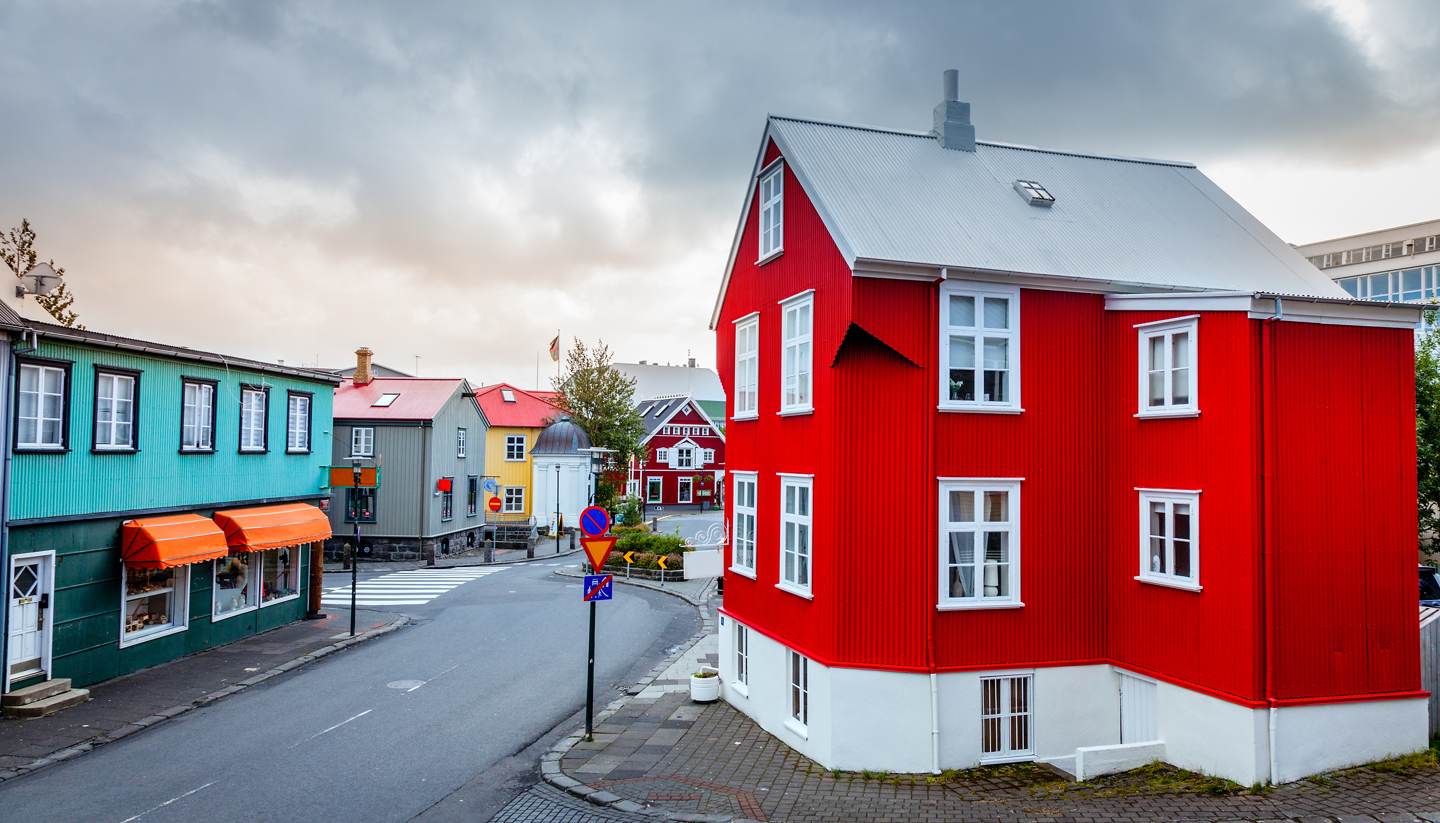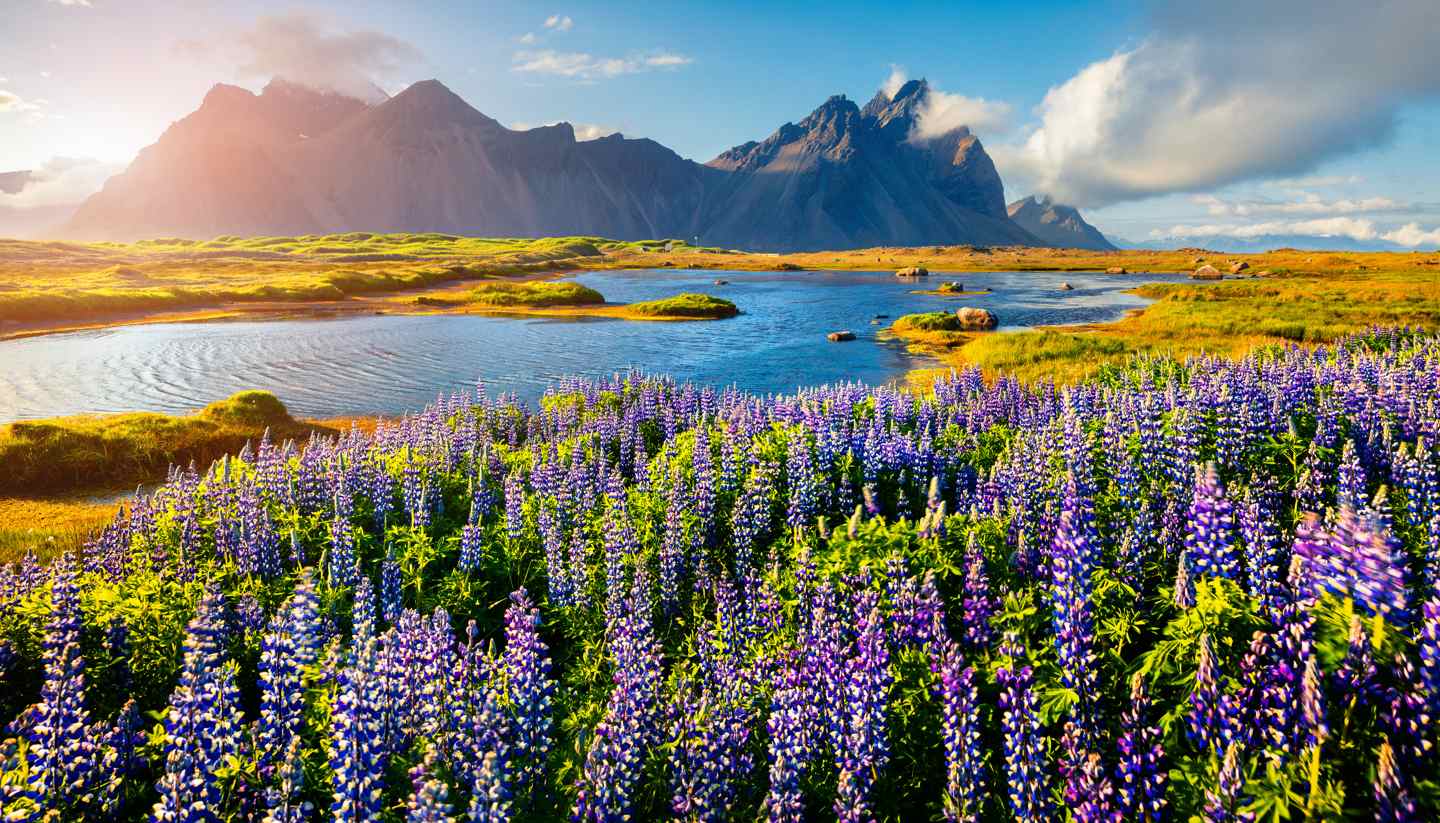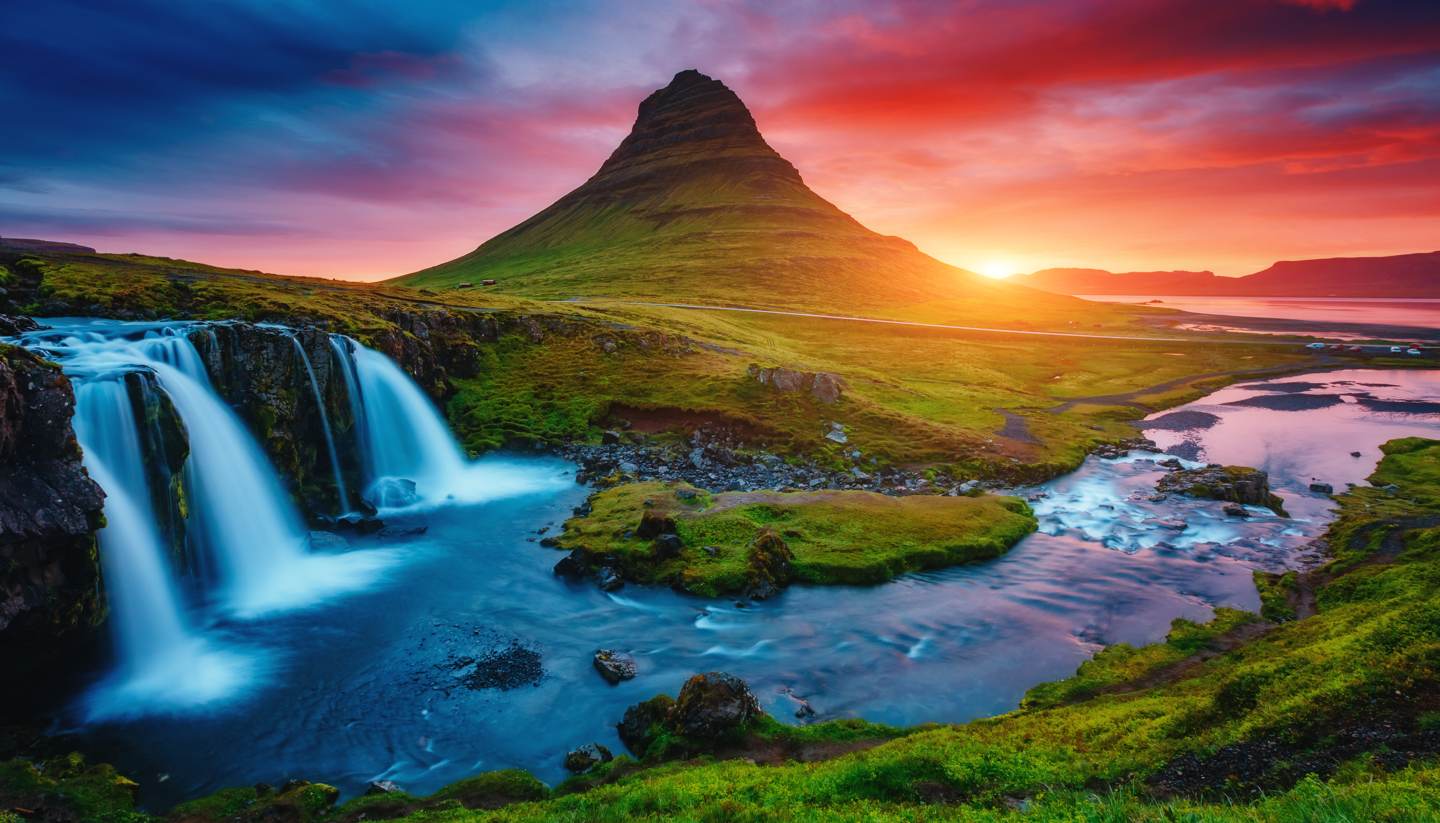Getting Around Iceland
Air
Icelandair (www.icelandair.com) and Eagle Air (www.eagleair.is) run domestic services within Iceland.
Road
Increasingly, many travellers choose to self-drive around Iceland, taking time to appreciate the beautiful landscape. Highway 1 (aka the Ring Road as it circumnavigates the whole country) is the most travelled route in the country. It is easy to navigate but beware that weather conditions can cause temporary closures during winter.
Side of the road
RightRoad Quality
All major roads in Iceland are excellent, but beware of rough terrain and gravel roads if you intend to travel to the highlands. In this case, a four-wheel-drive vehicle is recommended as it has good ground clearance. Please note that the highland roads are also closed in winter times. Also, off-road driving is prohibited by law (and carries a hefty fine), so you must stay on the designated tracks.
Car Hire
International car rental companies are available in Reykjavík and Akureyri.
Taxi
Available from all hotels and airports and downtown areas of Reykjavík and Akureyri.
Bike
Cycling in Iceland appeals to adventurers who don't mind covering long distances in a single day (and in bad weather). Highway 1 (the Ring Road) is by far the most popular route among bike enthusiasts.
Coach
Strætó manages public buses in Iceland and its fleet can take you to all major towns and attractions. You can check out which buses go where on the Public Transport (www.publictransport.is) website. Alternatively, download the Strætó app that allows you to pay for fares, plan your trip, locate buses in real-time and more.
For those who are after scheduled bus tours, check out Reykjavík Excursions, Gray Line Iceland, Trex and Sterna Travel.
Regulations
When the roads are in the best condition, the speed limits are 30kph (19mph) in residential areas, 50kph (31mph) in urban areas, 80kph (50mph) on gravel roads and 90kph (56mph) on highways. In the winter months, please check the weather reports before your trip and slow down when necessary.
Driving under the influence of alcohol is prohibited. It is obligatory to use headlights at all times and year-round ("auto" setting on the lights is not enough), and to wear seatbelts, both in the front and back seats. At single-lane bridges, the car that arrives first has the right of way.
Special warning signs indicate danger ahead, but there may not be a separate sign on reducing speed. You must choose a safe speed according to conditions.
Breakdown services
Contact your car rental company. Beware that remote areas may have poor mobile signals so it is advisable to tell someone where you are going.
Documentation
A valid national driving licence.
Road note
Changing weather conditions can make driving in Iceland challenging. Be prepared and take all reasonable precautions.
Petrol stations are available in all towns and along major highways. However, distances between petrol stations may vary, so make sure you have enough fuel to reach the next destination.
Urban travel
In addition to buses and taxis, every city in Iceland (including Reykjavík) is relatively compact and can be navigated by foot.
Rail
There are no trains in Iceland.
Water
Several ferry companies operate services to various islands and fjords and some of them also run sightseeing tours. Some examples include:
• Herjolfur (herjolfur.is) runs between Landeyjahöfn in the south and Westman Islands (Vestmannaeyjar).
• Viðey ferry (elding.is) serves Viðey Island from Reykjavík (the Old Harbour and Skarfabakki Harbour).
• Sæfari (samskip.is) offers services from Dalvík (near Akureyri) to Grímsey in the Arctic Circle.





